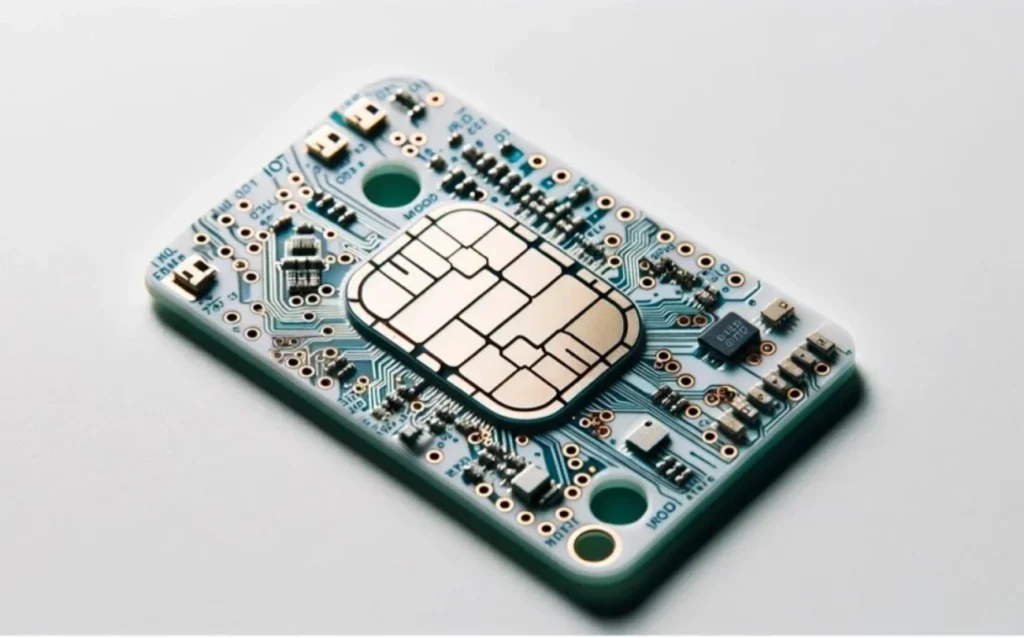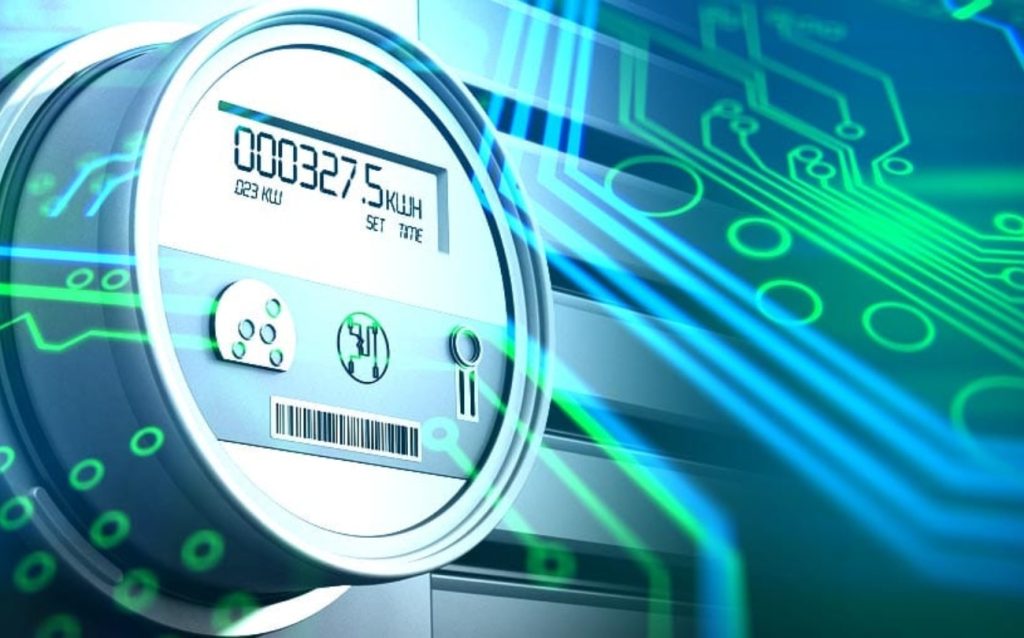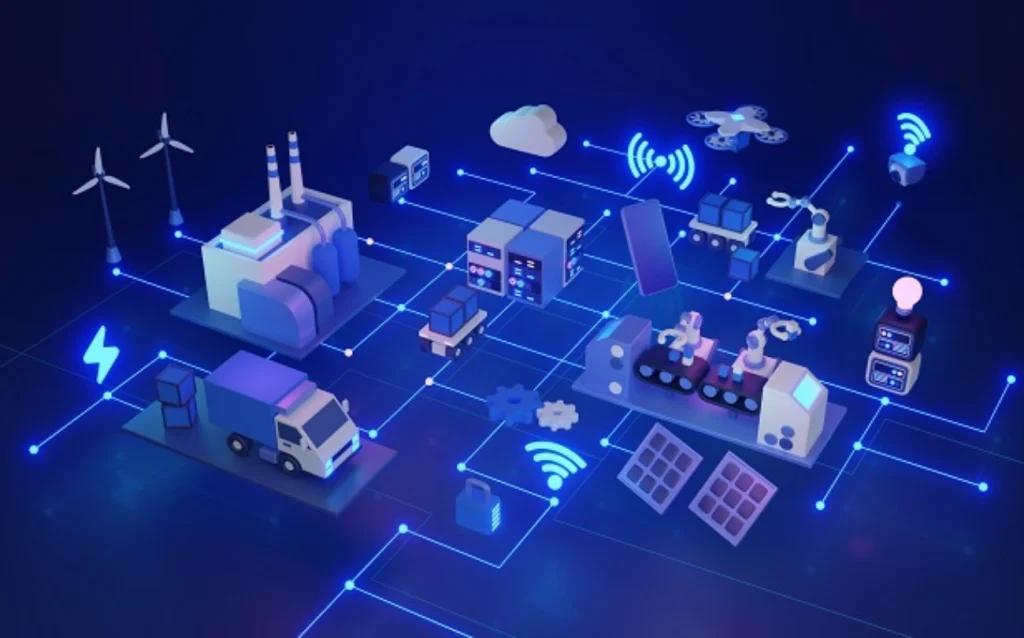chuangyes1sa@gmail.com

A Standard IoT SIM card is a versatile SIM designed specifically for Internet of Things (IoT) devices. It enables reliable, secure, and efficient machine-to-machine (M2M) communication over cellular networks. Supporting multiple technologies like 2G, 3G, 4G, LTE-M, NB-IoT, and 5G, it ensures wide coverage and connectivity. Standard IoT SIM cards offer features such as low power consumption, remote management, and global roaming, making them ideal for various applications including smart meters, asset tracking, industrial automation, and smart cities.

Remotely collecting data from electricity, water, and gas meters for automated billing and real-time monitoring.

Tracking the location of goods and vehicles during transportation to ensure security and efficiency.

Connecting industrial equipment and sensors for status monitoring and remote fault diagnosis.

Supporting connected infrastructure like smart streetlights and environmental monitoring devices to improve urban management.

Do you still have questions about our IoT SIM cards? Let’s talk!
Senior IoT Expert
Chris
chuangyes1sa@gmail.com
An IoT SIM card is a type of SIM designed for smart terminals to enable device-to-device data transmission and remote communication. Unlike regular SIM cards, IoT SIMs are commonly used in industrial equipment, remote monitoring systems, vehicle telematics, smart metering, POS terminals, and wearables. They offer greater connection stability, lifecycle management, and scalability for massive deployments.
An IoT SIM is optimized for machine-to-machine (M2M) communication, enabling long-term stable connectivity, infrequent device changes, remote SIM management in bulk, and low-power operations. Regular SIM cards are designed for consumer smartphones and are not suitable for industrial or large-scale applications.
IoT SIM cards are compatible with a wide range of devices such as smart meters, GPS trackers, industrial gateways, smart street lights, vehicle terminals, agricultural sensors, shared mobility devices (like bikes or power banks), drones, and more.
Yes. Our IoT SIM cards support international roaming with multi-network auto-switching, covering over 180 countries and regions, including Europe, Southeast Asia, the Middle East, Africa, and Latin America. Multi-operator access ensures stable connectivity across borders.
We offer a web-based management platform and API interface for activation, remote SIM control (enable/disable), device status monitoring, traffic alert configuration, and auto-renewal setup. Bulk operations are supported. Some SIMs are pre-activated and ready to use upon installation.
We provide flexible billing options including monthly, yearly, per-data package, shared pool, multi-card management, and global roaming packages. Entry-level plans start from just a few MB per month for low-frequency devices, and custom plans are available for high-volume usage.
Technically yes, but it’s not recommended. IoT SIMs are designed for device communication and usually do not support voice or SMS. They’re not suited for high-bandwidth applications like video or gaming. Using them in consumer devices may result in throttling or service suspension.
First, check if the SIM is properly inserted, ensure the device supports the required frequency bands and network type, and verify that the device is within coverage. You can also check the SIM status on our platform. If the issue persists, contact technical support for diagnostics.
Yes. The SIM can be switched between compatible devices, and you can update the binding info (IMEI, SN, ICCID) via the backend system. Note that some countries or operators may impose limits on card changes or reactivation frequency.
Yes, we offer 3 test SIM cards with 7 to 15 days of free trial to help clients evaluate network performance, device compatibility, and platform functionality. This is ideal for pilot testing or pre-purchase validation.